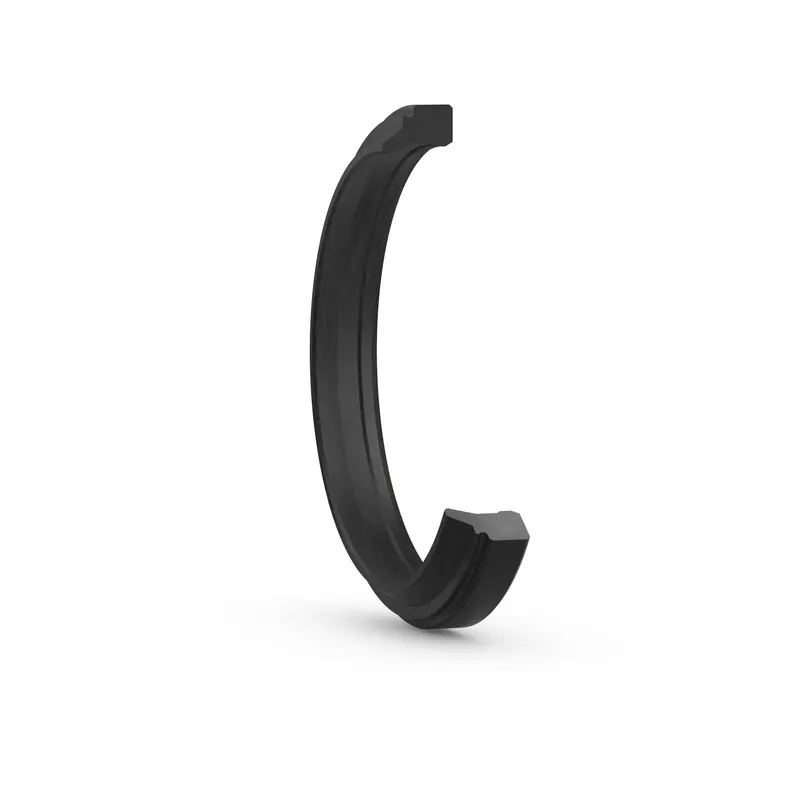Turned polyurethane seals are an excellent sealing material with excellent resistance to wear, corrosion and high temperatures and are used in a wide variety of industrial applications. This article will describe the basic characteristics, application areas and advantages of turned polyurethane seals. Seals are also called seals or oil seals, is composed of one or several parts of the ring-shaped cover, fixed in the shaft, bearing a set of rings, and another set of rings or gaskets contact or form a narrow labyrinth gap, play a role in isolating the oil and liquid gas, to prevent oil overflow or through and foreign objects invasion. At the same time, it can also bear pressure, within a certain range with the dual role of bearing pressure and sealing. Turned polyurethane seals, with wear-resistant, oil, acid, ozone, aging, low temperature, tear, impact and other characteristics, turning polyurethane seals load support capacity, widely used in various fields. In summary, turned polyurethane seals have many advantages and can be widely used in various industrial fields. Therefore, when choosing a sealing material, turned polyurethane seals are a good choice.
The breakthrough of polyurethane as a seal material came in the early 1980s, when a number of manufacturers developed polyurethane raw materials that were more resistant to hydrolysis. These new materials produced polyurethane seals that remained flexible at high pressures and up to +110°C, achieving better sealing performance and a longer working life than the original polyurethane (which was only resistant to high temperatures of +80°C). This result opens the door to hydraulic applications in mobile machinery.
Post time: Apr-18-2023







